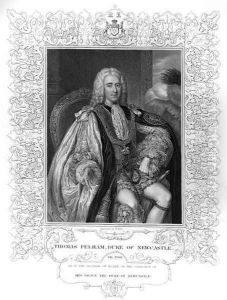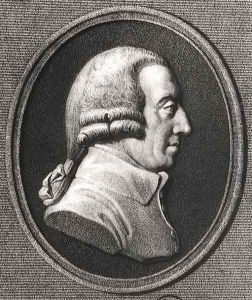William the Younger Holl Paintings
William Holl the Younger was a distinguished British engraver, known for his portraits and subject pieces. He descended from a line of notable engravers, being the son of William Holl the Elder (1771-1838), who was also a respected figure in the art of engraving. Born into this artistic environment, William the Younger was naturally inclined towards the family craft from an early age.
He was born in Plaistow, Newham, London, and his early life was spent mastering the skills of engraving under the tutelage of his father. He quickly developed a proficiency in the art, displaying a keen eye for detail and a deft hand at capturing the essence of his subjects. Holl the Younger worked primarily in the medium of steel engraving, a popular method in the 19th century for reproducing images due to its ability to capture fine details and its durability for printing large editions.
Throughout his career, Holl the Younger created engravings for books, magazines, and standalone portraits. He became particularly well-regarded for his engravings of notable figures of his time, which were often used to illustrate books and periodicals. His works are characterized by their precision and accuracy, as well as the sense of depth and texture he was able to achieve through his meticulous technique.
William Holl the Younger's engravings contributed significantly to the visual culture of the Victorian era, offering the public access to high-quality images of prominent personalities, historical scenes, and literary illustrations. Despite the advent of photography, his works remained in demand due to the prestige associated with engraved illustrations and their unique aesthetic.
He passed away in 1871, leaving behind a legacy of craftsmanship and artistry that continued to influence the field of engraving. His works are still valued by collectors and historians for their beauty and historical significance, serving as a testament to the skill and dedication of one of the 19th century's finest engravers.

